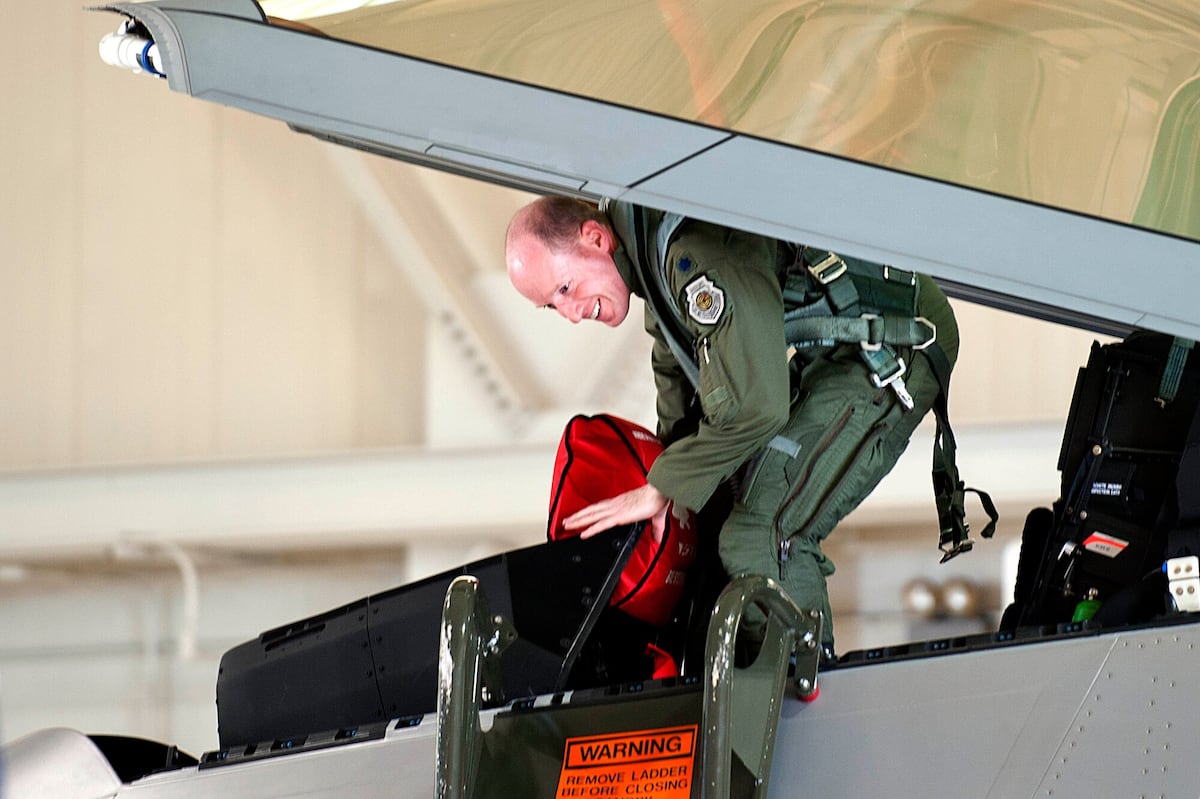An Air Force MQ-9 Reaper drone worth $13 million crashed into the Mediterranean Sea last December when its propeller disconnected and fell off in midair, an accident investigation found.
The MQ-9, which belonged to the 432nd Wing at Creech Air Force Base in Nevada, likely suffered a mid-flight failure of a critical ring that secured the propeller in place, which led to the loss of the propeller and the Dec. 16 crash.
The Reaper, which was operated remotely by a pilot and sensor operator from the 20th Attack Squadron at Whiteman Air Force Base in Missouri, took off from an unidentified location in the U.S. European Command area of responsibility, according to the accident investigation board report released July 30.
At about 5 p.m. Greenwich Mean Time that day, the Reaper was flying at cruising air speed and altitude when its engine torque suddenly plummeted, losing all torque within a second. The engine speed jumped up outside of its normal operating range swiftly, and alert messages began to light up.
The pilot increased the Reaper’s throttle to full power, but the engine torque remained nonexistent. The Reaper maintained its altitude for a while until it started losing airspeed and began to drop.
The crew began steps to try to maintain control of the descending Reaper and declared an emergency. The pilot turned the Reaper around toward the airport it had taken off from and identified a remote and uninhabited area where it could have a safe, forced landing if necessary.
After about 15 minutes, the Reaper detected metal debris in its engine oil. The crew opted to not attempt an engine restart because of the metal debris. Then, the engine shut down entirely.
The drone kept losing altitude, and the operations superintendent on duty told the crew to crash it into the water, which it did at 5:23 p.m.
The Reaper was lost in the Mediterranean and unable to be recovered, so investigators could not analyze the hardware to conclude definitively what went wrong.
General Atomics, which makes Reaper drones, analyzed the data logs of the aircraft that crashed and concluded it lost engine torque when its propeller “decouple[ed]” from the engine. Two of the Reaper’s systems started recording different speeds, the report said, which could only happen if the propeller disconnected.
Authors of the report wrote that General Atomics said the most likely cause was the failure of a spiral lock ring inside the gearbox. General Atomics declined to comment when contacted by Defense News.
Those rings are prone to suffering from excessive wear and tear, to the point of failure, the report said. Honeywell, the maker of the MQ-9’s engine, had started replacing those rings after every 3,000 flight hours in recent years to try to reduce those failures.
The MQ-9 did see a reduction in ring failures following the change, the report said. But the Reaper that crashed in December was only about halfway to its next overhaul and ring replacement, which the report said would mean the ring had worn down earlier than expected.
Investigators had theories for why the ring might have worn down early, but with the drone unrecoverable at the bottom of the sea, they could not confirm any of those ideas.
The investigators concluded that the crew flying the drone met their requirements, and there was no evidence that mission planning or preflight procedures played any part in the mishap.
Stephen Losey is the air warfare reporter for Defense News. He previously covered leadership and personnel issues at Air Force Times, and the Pentagon, special operations and air warfare at Military.com. He has traveled to the Middle East to cover U.S. Air Force operations.
Read the full article here








Leave a Reply